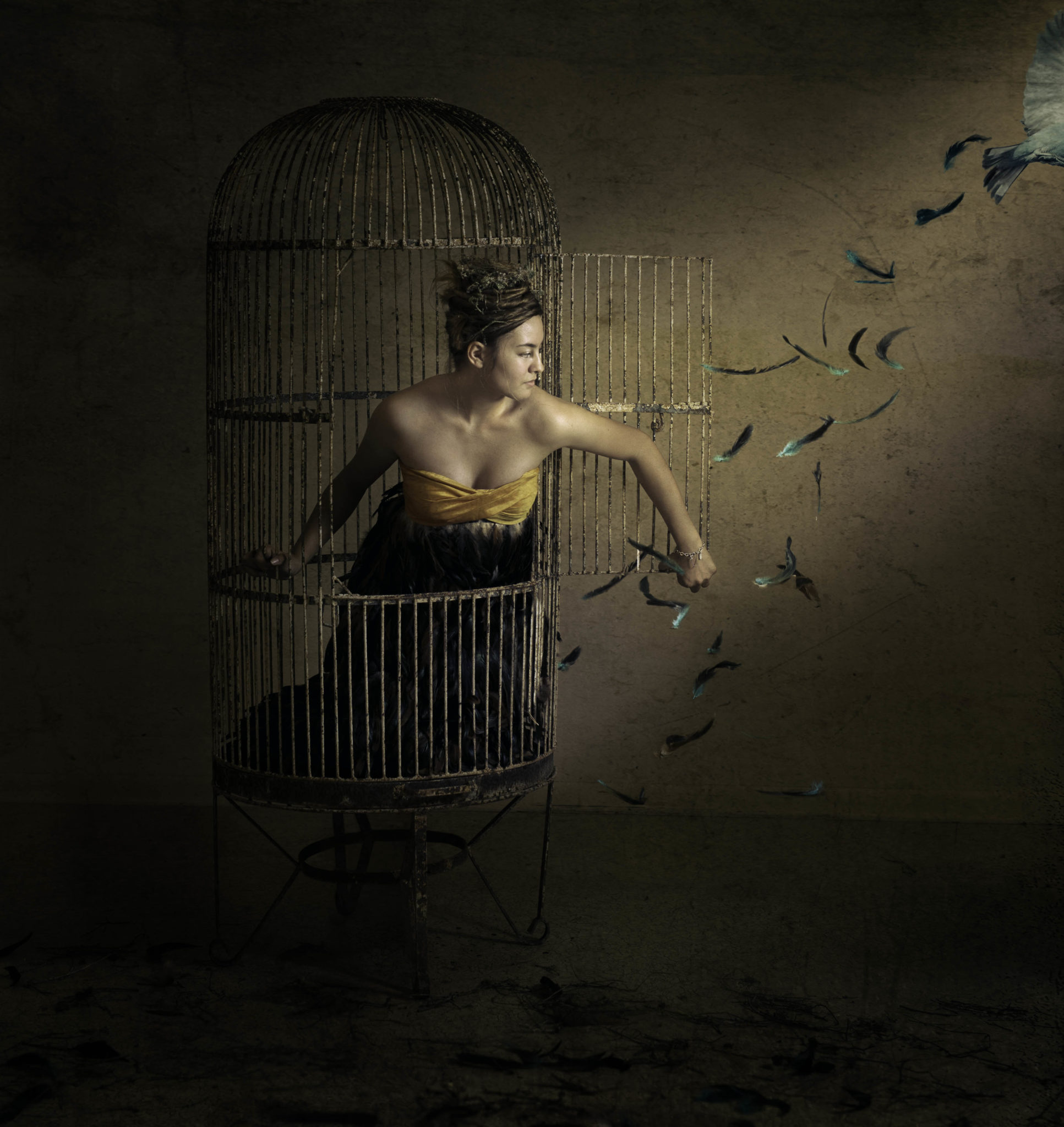It’s #TravelTuesday again—doesn’t it come round quickly nowadays? I’m Dave Williams and I’m here to impart some of my bountiful wisdom, gleaned from years of travel photography. You can find me on my website or Instagram if you want to see a little more, or go behind the scenes on my top-secret Instagram account, too.
Today, I want to explore the topic of noise. Now, I’m not talking about my terrible singing, I’m talking about sensor noise. We all hear about noise in images and it’s often regarded as a terrible attribute that we should avoid at all costs. Although there is some truth to that, it is not as important as it’s made out to be. Here’s the deal: –
Us photographers are a very particular breed of human. We tend to be very tuned in to detail, sometimes so much so that we become perfectionists and notice all the little details—not only in our images but also in life. One of these details is, of course, noise. Image noise is a topic that constantly pops up. We constantly strive to get rid of it and employ many techniques—longer exposures, lower ISO, stacking, and even post-process filters. Well, I just got back from a trip to Norway shooting all manner of coldness and one of my images from the trip is this one of the Aurora.

The noise in the image is all over. It’s so dark, despite the glow of the northern lights dancing overhead, that this image (shot at 6400 ISO with a 15-second exposure time) is packed full of noise. But, is it the noise that a “regular” person sees at first glance, or is it just the composition, colour, and subject? The answer is the latter.
Camera sensors are becoming better and better, almost by the day. The ability to shoot at higher ISO with less light and achieve less noise is remarkable. That being said, consider the fact that there’s a grain slider in Adobe Photoshop whereby we can add grain or noise to our images. It’s true to say there’s such a thing as too much noise, but it’s also true to say that noise can add to an image, in particular when we want to convey a romantic, old-world feel. Grain comes as a feature of film, which has carried over into digital photography, and replicating a film look is something highly desirable by many.
Having a clean and crisp image is all well and good in terms of technicality, but consider that photography is an art and it’s the imperfections that add to an image. It’s far, far more important to achieve a good composition of an engaging subject and end up with a photo containing noise than it is to get a technically perfect photo with no artistic features. To that end, I implore you to move the matter of image noise from your list of priorities and keep it as a secondary thought.
Much love
Dave




